

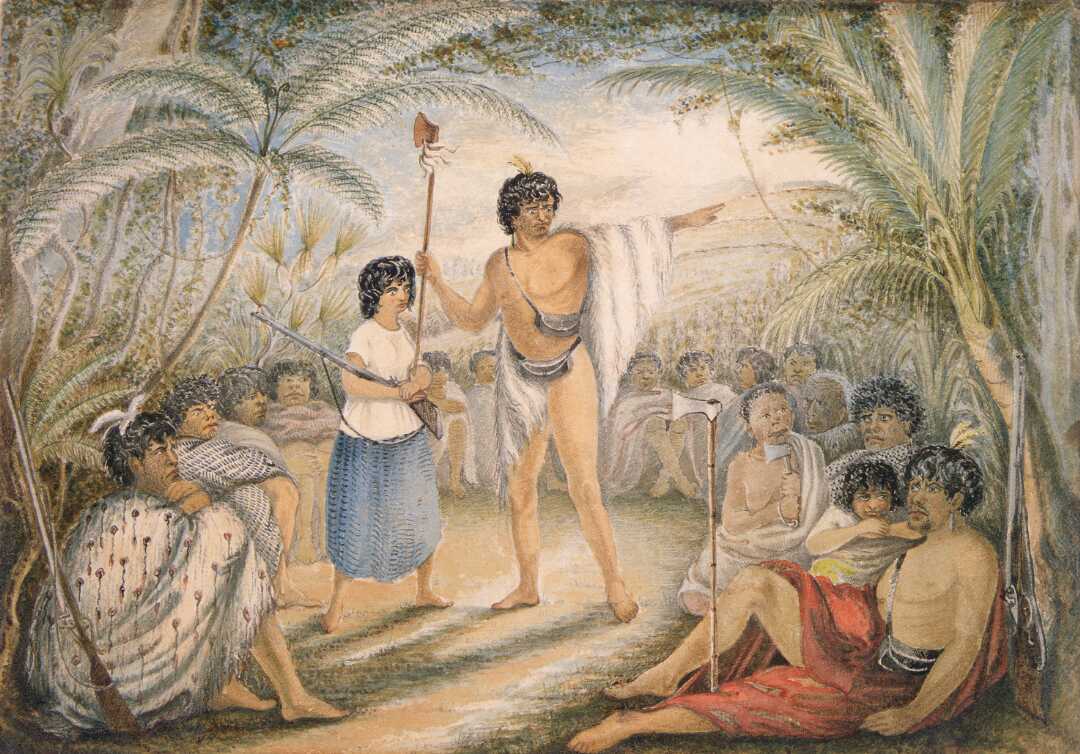
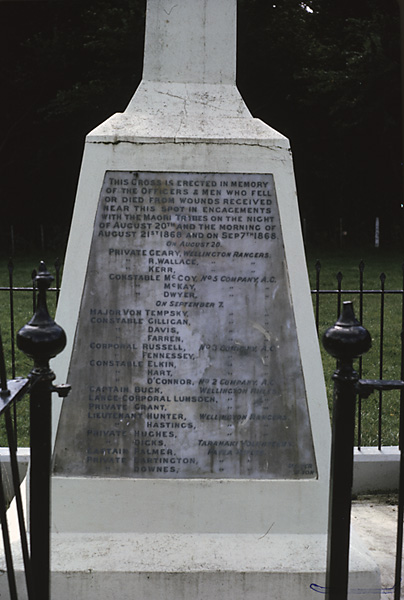
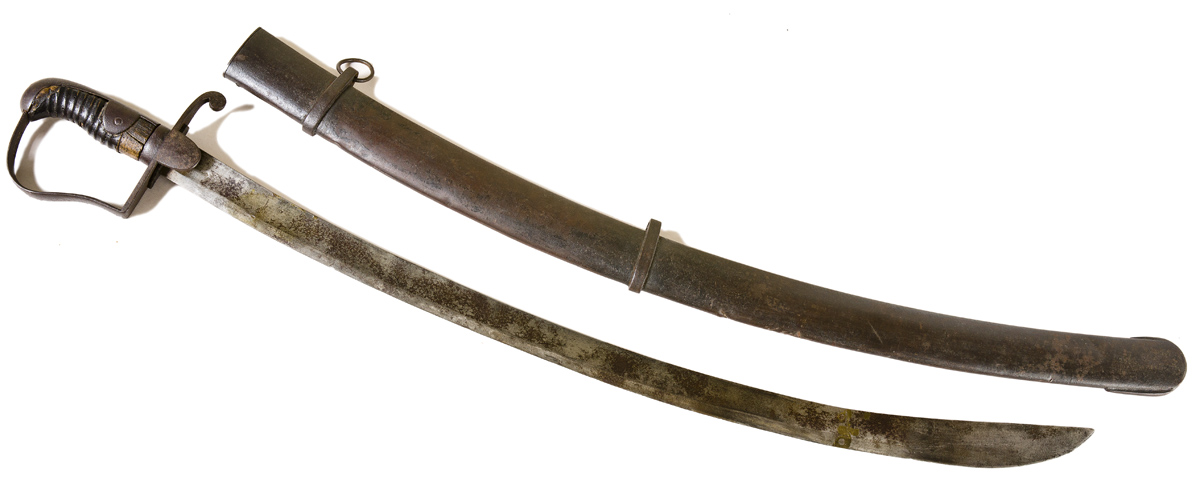
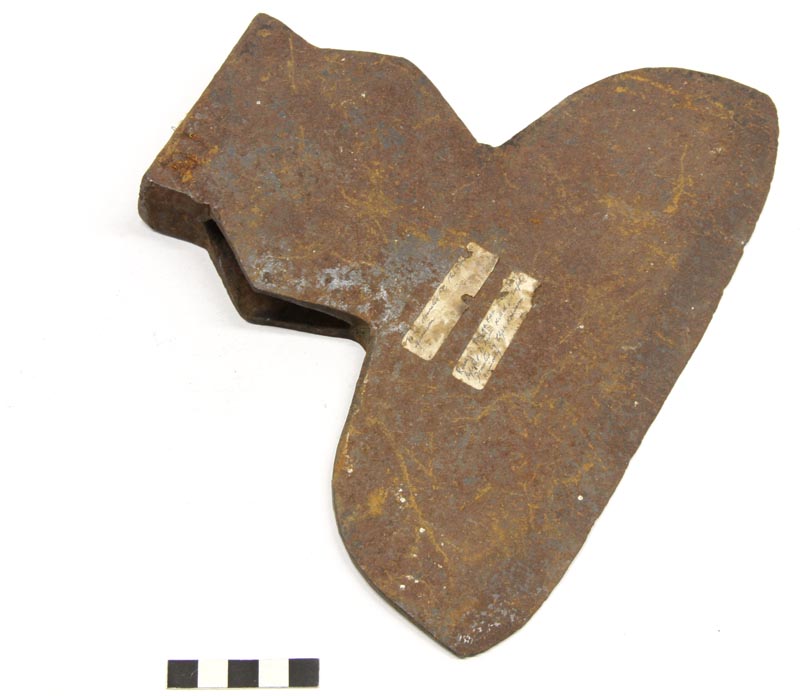
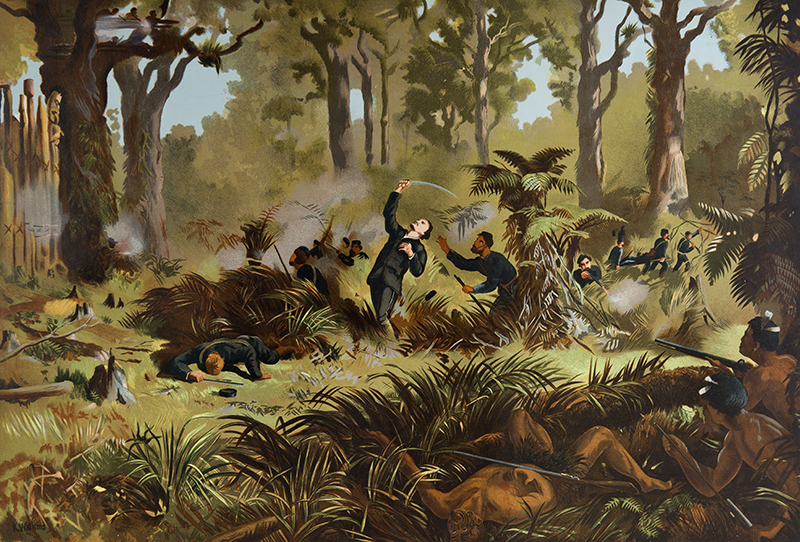
If Gustavus Ferdinand von Tempsky had put everything said about him into a CV it might have read something like this:
Artist, gold miner, traveller, soldier of fortune.
A popular man in the colony, at times the most popular.
A brilliant linguist. Speaks four languages.
Lyrical use of words and flamboyance in speech.
Dresses and fights with flair.
A minstrel's way with music.
An appealing skill with paint and brush.
Writes with verve and pace.
Respected by the troops who serve under him.
An individualist with infectious optimism and virile qualities that stirs soldiers to loyalty bordering on devotion. And instead of a photo, he could have used either of these extravagant descriptions: “There was a gallant, dashing air of defiance and adventure about him; he had a bold fearless look in his grey eyes, a mass of rather long wavy brown hair thrown back from a smooth-shaven face and his mouth and chin spoke of determination and strength of will.”
“Swarthy of visage, with long, black, curling hair, upon which a forage cap was cocked at a defiant angle, his grey flannel shirt carelessly opened at the neck, his trousers tucked into long boots that came nearly up to his knees, a bowie-knife in a sheath and a revolver at his belt, a naked sword, long and curved in his hand, this was von Tempsky on the warpath. He was a good shot, a finished swordsman and could throw a bowie-knife with deadly accuracy.”
Born in Prussia into a military family, von Tempsky was an adventurer, artist, writer, soldier and ardent lover. When he met Emelia Ross Bell, the daughter of a British government official, nothing could stop him marrying her, even though he was an unseemly five years younger.
Her father disapproved of the match, but von Tempsky won Emelia's hand in 1855. Though they travelled extensively and their children were born all around the globe - one on the Mosquito Coast, one in Scotland and the last in Australia - it was up to Emelia to keep the home fires burning. She waited endlessly by the hearth for her husband to return in one piece.
Perhaps it was worth every second when he wrote to her like this: “...This moment when I leave the place which I love and cherish because of your presence, I leave for the field of battle, perhaps for me, the field of death. Read with patience these last lines of mine, of a man who will love you till death because I assure you that my last thoughts when dying will be you...”
Leaving Emelia to write back: “...I only beg of you not to get shot clean off at once. If you must be killed, wait at least till I have time to come up and see you before you die. Oh, for a quiet and secluded life with you and plenty of hard work, when I daresay you would be wretched for want of fame and blood...”
Von Tempsky ranks as a minor New Zealand artist and his style is unique. A highly skilled water-colourist who liked lush detail, he painted all his life, leaving a rich bounty of images behind. These scenes capture the lie of foreign lands, thick jungle flora and feverish battles. Long before the miracle event of photography, it was only through artistic skill that unknown places and events were brought to life. New Zealand was lucky to have von Tempsky to commit those things he saw and lived through to canvas.
In 1860, in Australia, von Tempsky made a bid to be a paid historian and artist on an expedition into the interior that would surely have claimed his life had he been accepted. “I have a wife and three children to provide for, and therefore I must look to something more than the justification and honour of joining such an expedition. Thus, if the views and means of the committee of organisation are such that they would pay for a man in my capacity, I would like to hear what could be offered. I can say from my experience that a well illustrated work, which I engage to get up, would well pay for the outlay on any salary given to me.”
He lost out to explorers Burke and Wills, who perished in heart of the dry continent. His destiny lay in a different country, one that would long benefit from his art.
Von Tempsky and his family arrived in New Zealand in 1861, intent on making their fortune in Otago gold. But they hated the cold climate and headed north to Coromandel.
All around the country came the rumblings of Māori unrest, hardly unexpected in the wake of land sale and confiscation. When war threatened, von Tempsky offered his services to the Government. Unable to raise enough men to earn a commission as an officer, he became a war correspondent instead. When General Cameron went south, 'Von' went too, where he joined the Forest Rangers and won the affection of his men.
Part of his popularity lay in his heady mix of discipline and initiative. As a professional soldier, he drew on his fighting experiences in Nicaragua, eagerly adapting jungle warfare to suit New Zealand conditions. He introduced the bowie-knife and taught soldiers how to use it in addition to their revolvers. “I have not fired a shot yet. Hang firing - I will try my old Mexican blade.”
Politics never kept Von Tempsky from sleep. He didn't question the war or his reason to be there - he simply picked up his gun and prayed he'd live long enough to collect his pay. He saw action at Hairini, Waiari, Kihikihi and Ōrākau and led the notorious raid on the undefended village at Rangiaowhia in the Waikato. Promoted to Major in 1864 von Tempsky was sent to Whanganui to attack Kakaramea.
“Where the deuce are the Maoris? Down comes a volley with a vengeance. The powder-smoke is blown into our faces; I rub my eyes - I can hardly see for the saltpetre-fumes in them. 'Give it to them boys, right and left!' and away crack our carbines and rifles.”
In 1866 he took part in General Chute's march around Taranaki with the aim of creating a route from south Taranaki to New Plymouth. And in 1868, as leader of the Armed Constabulary he took up arms against Titokowaru and the Hauhau.
He wrote to Emelia: “...They fought well enough...But we carried their stockaded pa and burnt it...the prestige of the Hauhau prophet and his impregnable stronghold is gone... I have a nice tomahawk for Louis, a mere for Randal and a nice kit for Lina from the Hauhaus. When I come back I'll give it to them.”
He was present at Waihi when the redoubt Turuturumōkai was attacked in the dead of night. Many of his closest comrades were killed there.
Von Tempsky earned from his enemies the nickname of Manurau (a hundred birds) which noted his ability to rush from one place to another as though he was a swarm of birds and not just one man. Perhaps it was significant, then, that he would die at Te Ngutu o te Manu pā (the beak of the bird).
Private James Shanahan: “I had not gone far when a man in our Company was shot. The Major went to his assistance and was shot, the bullet entering the top of his forehead. He fell dead on top of the man to whose assistance he was going. That was how von Tempsky died.”
He had earned the respect of at least one of his enemies, Tutange Waionui, who treated him respectfully even in death: “I ran out to where Manurau was lying on the ground. He seemed still living when I reached him. I snatched out my tomahawk from my girdle and dealt him a cut with it on the temple to make sure of him, and killed him instantly...you Pakehas will not regard my action ...as kohura, a murder...it was in the course of war and it was quite tika [correct].”
When Kimble Bent, an American deserter who lived with Titokowaru's followers, was sent to identify the body he was led to the naked corpses of nearly twenty white soldiers: “Von Tempsky's body had not been mutilated. Bent turned round to face his masters. He asked if anyone had taken from an officer a sword with an unusual curved blade, and a cap with a brass band. 'Yes, I have them,' answered a warrior. 'Show me the soldier you took them from.' With von Tempsky's sword in his hand, the Maori pointed to the Major's corpse. 'Well,' said Bent, 'that is the body of Manurau.'
When Tempsky died in 1868, at the age of 40, his body was burnt by his enemies on a funeral pyre but neither his name nor his art died with him. He is buried at Ahipaipa Road, Ōkaiawa, in the grounds of Te Ngutu o te Manu and a large memorial marks the spot. He leaves behind a wealth of paintings, many still wild and vivid after more than a hundred years.
His epitaph could well have been written by historian Michael King: “With his flashing eyes and flowing black curls, brandishing his guitar, paintbrush and sword, he was a welcome visitor anywhere - a scholar and a fighting man. But through it all, artistic gentleman or ruthless warrior, he was a vagabond.”
Belich, J. (1986). The New Zealand Wars and the Victorian Interpretation of Racial Conflict. Auckland: Auckland University Press.
Cowan, J. (1911). The Adventures of Kimble Bent: A Story of Wild Life in the New Zealand Bush. London: Whitcombe and Tombs
Cowan, J. (1955). The New Zealand wars: a History of the Maori Campaigns and the Pioneering Period. Wellington: Government Printer.
Cowan, J. (1996). Hero Stories of New Zealand. Wellington: Southern Reprints.
Parham, W.T. (1969). Von Tempsky: Adventurer. Auckland: Hodder & Stoughton.
Stowers, R. (2011). Von Tempsky and the Forest Rangers: history of the Forest Rangers during the New Zealand wars. Hamilton: Richard Stowers.
Young, R. with Curnow, H., King, M. (1982). G.F. von Tempsky: Artist & Adventurer. Martinborough: Alistair Taylor.
Puke Ariki Heritage Collection: Gustavus Ferdinand von Tempsky
LinkPlease do not reproduce these images without permission from Puke Ariki.
Contact us for more information or you can order images online here.